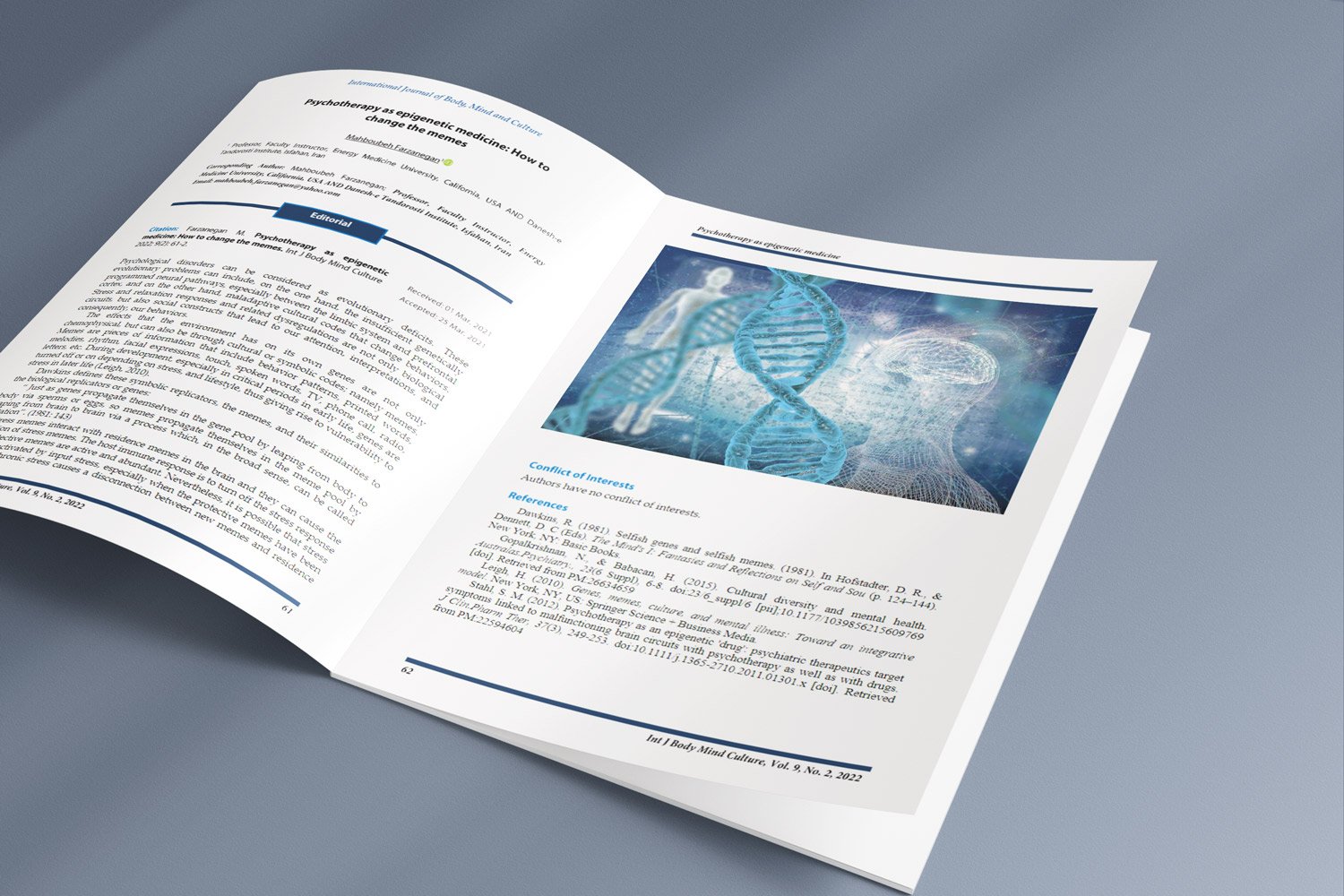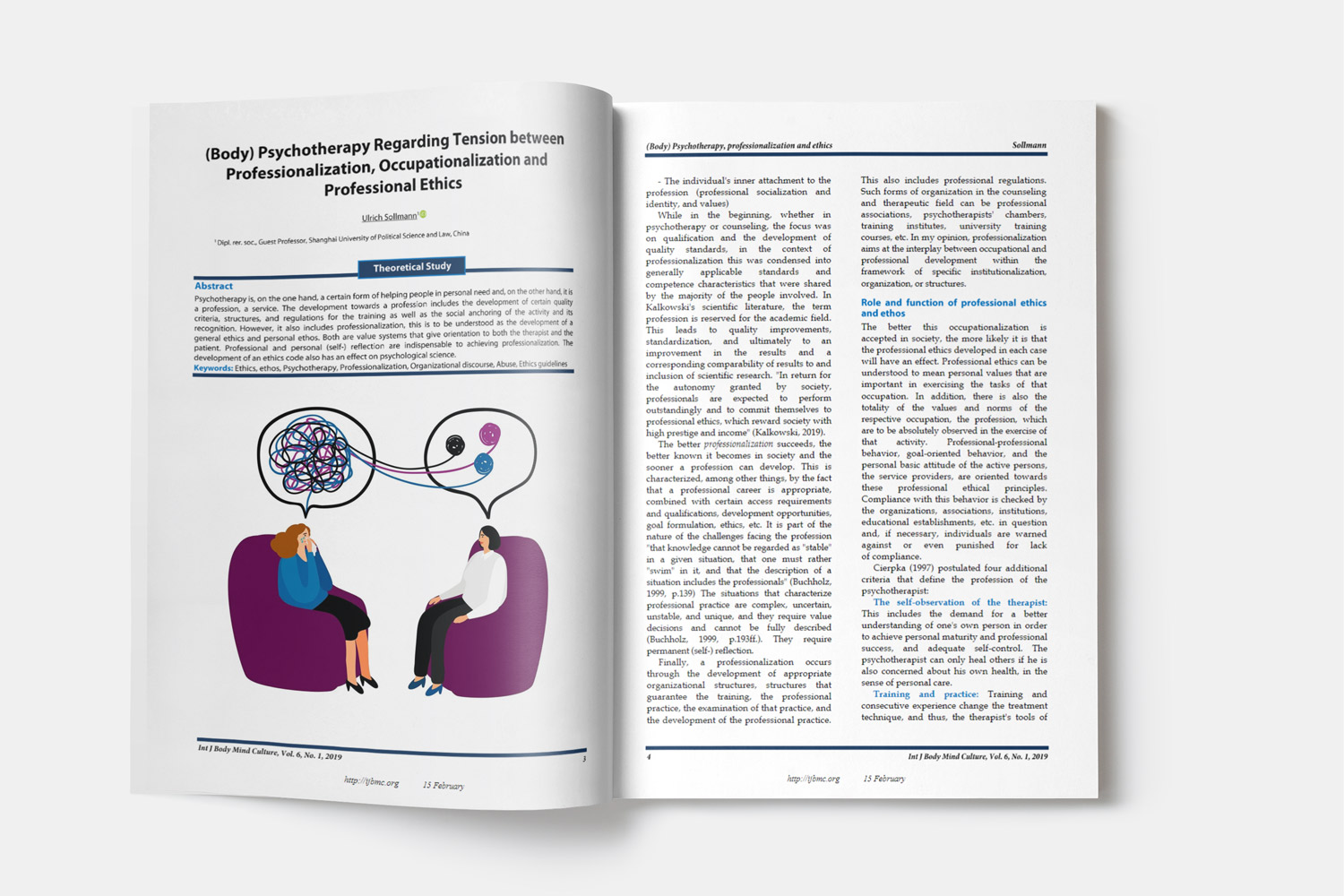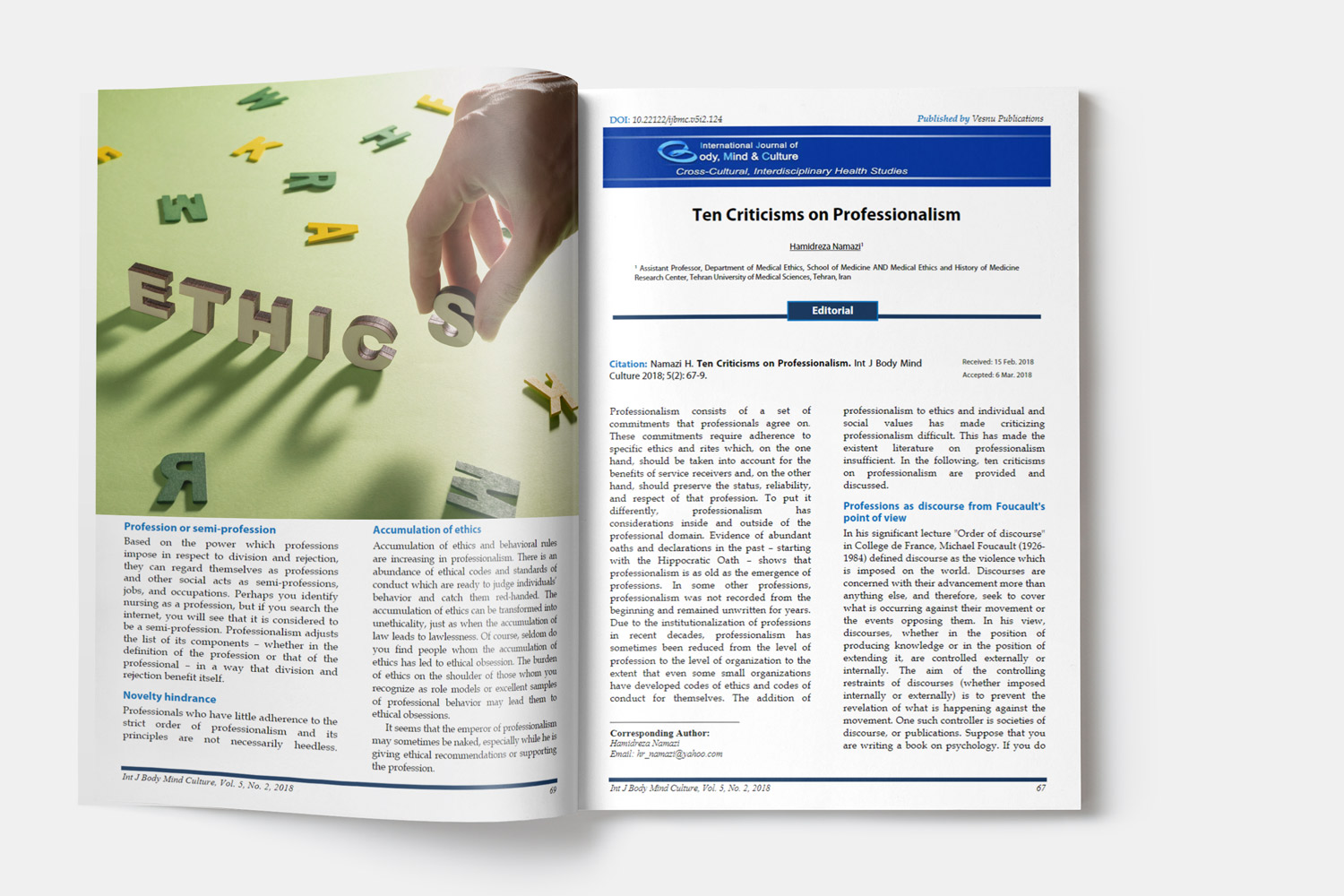The Role of Type D Personality in the Development of Hypertension: A Longitudinal Study
The role of type D personality in the development of hypertension
Downloads
Background: Hypertension is a major contributor to the global burden of cardiovascular diseases, affecting over 1.28 billion adults worldwide. One of the primary contributors to the progression of cardiovascular diseases is hypertension, influenced by various psychosocial factors, including personality traits. The distinguishing attributes of Type D personality (TDP) are linked to adverse cardiovascular outcomes; however, its influence on the progression of hypertension is less understood. This investigation endeavored to analyze the affiliation between the onset of hypertension and TDP during five years in a sample of initially normotensive adults.
Methods: A prospective cohort study included 500 initially normotensive participants in Baghdad, Iraq. The DS14 scale was used at baseline to assess TDP, and blood pressure was measured annually for five years. Cox proportional hazard regression models were employed to examine the association between TDP and incident hypertension, adjusting for traditional risk factors. Path analysis explored potential mediators, including physiological reactivity and health behaviors.
Results: The incidence of hypertension was significantly higher among participants with TDP compared to non-type D participants (22.4% vs. 12.9%, P = 0.007). Individuals with TDP had a 1.63-fold increased risk of hypertension (95% CI: 1.02-2.60; P = 0.040) after adjusting for age, sex, BMI, smoking, physical activity, and family history of hypertension. Path analysis revealed that physiological reactivity and health behaviors partially mediated the association between TDP and incident hypertension.
Conclusion: TDP is independently associated with the development of hypertension in initially normotensive adults. Physiological reactivity and health behaviors partially explain the relationship between TDP and incident hypertension. Assessing the presence of TDP and implementing targeted interventions could help prevent the onset of hypertension and improve cardiovascular health.
Downloads
Copyright (c) 2023 International Journal of Body, Mind and Culture

This work is licensed under a Creative Commons Attribution-NonCommercial 4.0 International License.















